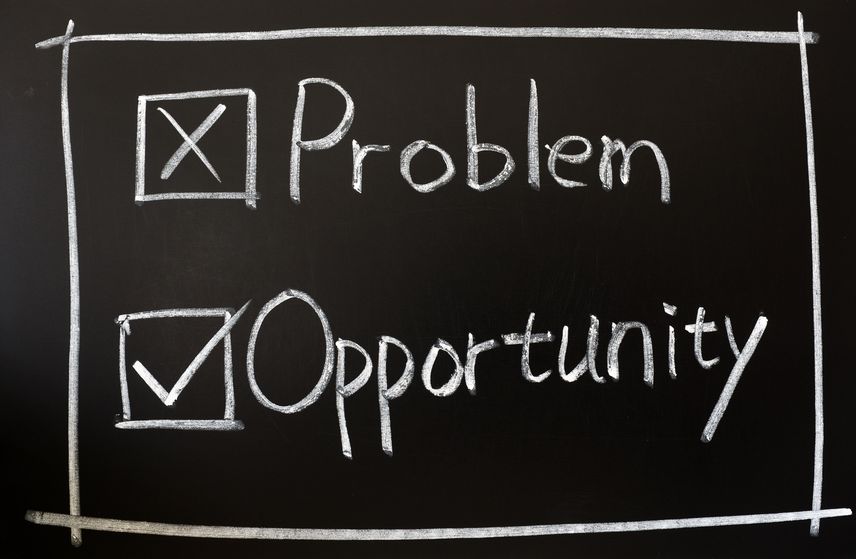Over the past 12 months, there has been extensive study, analysis, and debate about the state of access to justice in Canada – verdict, abysmal – and over the tsunami wave of self-represented litigants who cannot afford a lawyer and do not qualify for increasingly limited public assistance – conclusion, self-representation is at a record-breaking level.
Moving into 2014 offers an opportunity to set some concrete and realistic benchmarks for change (I prefer this to the CBA’s march towards 2030 (http://www.cba.org/CBA/equaljustice)
The National Self-Represented Litigants Study (Research Report) presented final recommendations in September 2013, which we framed as Ten Action Steps (https://representingyourselfcanada.com/10-action-steps/). Over the coming year, the National Self-Represented Litigants Project (NSRLP, now based at Windsor Law and with two full-time and two part-time staff) will be taking these ten highly practical and achievable recommendations one- by-one as our focus each month. From February through November we shall concentrate our social media, outreach and education, blogs and special events on one Action Step each month.
But first comes January and New Year resolutions. The three proposed resolutions that follow represent three urgent, concrete, and efficacious steps that we can each commit to – whether you are a member of the public or a justice system professional, whether as an individual or on behalf of your organization – towards enabling access to justice in Canada. What is more, we can make significant steps towards achieving each of these in 2014.
Resolution One: Engage the Public in Justice Reform
The National Action Committee’s final report (http://www.cfcj-fcjc.org/sites/default/files/docs/2013/AC_Report_English_Final.pdf), as well as the CBA’s Equal Justice report clearly state that justice system reform must include consultation with the public. At NSRLP we have been saying and doing this for some time now.
Our repeated requests last Fall to local organizers for the 7 regional Cromwell roadshow meetings that they include a couple of local SRLs (whom we could introduce them to) on their invitation list came to almost no result. In the end, just one SRL was invited to one roadshow meeting. We were told over and over again that before inviting the public, “first we have to get our act together”.
Well, now we have our act together, so let’s do it. This has to be the last time that a national consultation on access to justice takes place with virtually no participation by system users.
As for the practicalities, designing a process or processes for public participation is not rocket science. NSRLP as well as other organizations have the access, the methodologies and the skills to obtain and present public feedback on system changes generally; on specific proposals (for example, how should Legal Aid Ontario spend its additional public funding of $30 million over the next three years?); and to develop new ideas and innovations that come from system users.
Public input can and should also be happening at a micro level. If you offer legal services, ask your clients for feedback. What do they think of your services, and in what other ways might you assist them?
One note of caution: public consultation in other policy areas has sometimes been a cosmetic exercise to ensure a rubber stamp for decisions already made, or pushed to one side and disregarded. This must not happen here. The community that is waiting eagerly to be consulted (it is an amusing myth that we have to work first at getting the public interested in the issue of access to justice!) is sophisticated and motivated and will not be satisfied with inauthenticity.
Resolution Two: Support (and get excited about!) Innovation
It is clear that one of the ways in which the public will access justice is to develop new ways of accessing legal services.
We know that the reason that so many people are representing themselves is because they cannot afford lawyers. And that many who have spent significant sums on legal services have been dissatisfied with how they were listened to and the value they received for in return their investment.
While change in this regard seems both obvious and inevitable, the legal profession often seems to get stuck wringing their hands over the downsides, and preoccupied with developing clever arguments about the complexities, the risks, and the sheer inconvenience of doing things differently.
I suggested recently (http://lawtimesnews.com/201312273677/headline-news/public-input-integral-for-real-equal-justice) that change brings out both the best and the worst in people and institutions. It is time for the public to see more of the best from the legal profession (and I believe that there is plenty of it). It is time for lawyers both individually and via their professional associations to commit to embracing the range of exciting – yes! – opportunities that change will bring.
I know from my research with lawyers over the past 15 years that after entering law school with high aspirations, many become disillusioned with practice. Some leave the profession, while others seek different ways to practice law that feel more aligned with their values (holistic law, collaborative law, mediation etc.) My 2008 book The New Lawyer is full of examples of lawyers who want to practice their craft differently in order to bring greater satisfaction to both their clients and themselves.
Of course, both supporting and participating in innovation is risky – and lawyers are trained to avoid risk at all costs. Heck, lawyers see bogeymen under rocks where there aren’t even any rocks. But the profession needs to show the public that it takes extremely seriously the fact that virtually none can afford them, and even among those who do, many are dissatisfied.
This means that it is critically important that everyone who believes in the profession of law as a force for good encourage, support and enable sensible innovation and innovators. This includes (but is by no means limited to) ideas such as limited scope retainers (LSRs),“legal coaching” assistance in its various forms (https://representingyourselfcanada.com/2013/12/18/providing-legal-services-in-a-coaching-model-the-what-why-and-how/) and the provision of “legal information” (practical assistance by non-lawyers). Debates over the quality and efficacy of such services will (and should) continue – but that does not prevent lawyers seeing innovations as opportunities rather than as threats.
There are many concrete and practical ways in which lawyers and their organizations can support innovation, whether or not they are placed to partake themselves. They can:
- Promote discussions within their local bar association, perhaps including local court services and community clinics, on the development of local services that offer alternative forms of service and financial structures to SRLs and others who will not otherwise become clients.
- Support the development of resources for such programs including (for example) a model retainer agreement that could be used or modified by lawyers experimenting with alternatives to full-on representation (a recent discussion among Law Societies leaders discovered, somewhat to everyone’s amazement, that none offered their members a simple template LSR. It also emerged that the Ontario Lawyer Referral Service does not presently accept advertising for limited scope representation. Sigh).
- Push for local Community Legal Education programs on alternative financial and conceptual structures for service delivery. Hannah Bahmanpour, a RA at NSRLP, recently reviewed CLE programming across Canada looking for programming on LSRs and alternative financial structures. The results of her audit were, well, virtually nothing… (although some societies expressed interest in doing something in the future).
We cannot expect members of the profession, old or new, to innovate effectively if they are given no training, no resources and no support. Let us re-envision change as an opportunity – and start to develop all three.
Resolution Three: Remember that Change Requires Collaboration (and will include failures)
In a way, the Equal Justice authors are right – it may take until 2030 for the type of transformative culture change that public participation and new forms of legal services will bring to take deep root in our courts and legal institutions.
Ahead lie heated and even harsh debates. There will be turf wars, accusations of disloyalty (to the profession) and disappointments (among the public). There will be difficult choices to be made. There will be innovations that don’t work the way we hope they might to enhance access. But we have to keep trying. We can and must fix this.
No one interest group, either inside or outside the justice system, has all the answers here – system change is multi-layered and multi-dimensional. There is no single magic bullet that can address all the profound complexities of enabling access to justice. That is why we need to work together to pose the right questions and explore and experiment with many possible answers. The rich value of the experiences of the ubiquitous “non-lawyers” is balanced by the deep expertise of members of the legal profession and the judiciary, by veteran court administrators and counter staff, and dedicated public legal aid workers across Canada.
The studies are in (although of course more data is always useful). It is not understanding the problem that we need more help with at this juncture – and already many possible, if partial, solutions appear obvious – as addressing the so-called “implementation gap.”
So let’s commit to these three resolutions for A2J for 2014 – and get started. Happy New Year.











